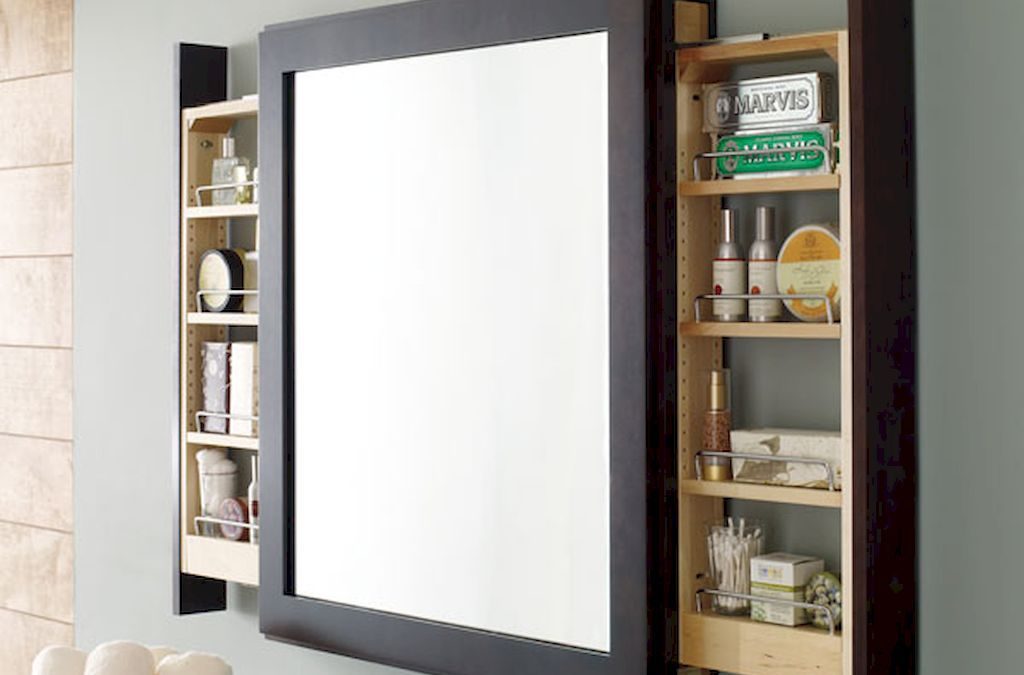
by Montie Mahtani | Aug 29, 2017 | Design Tips
Following up from our last entry about bathroom design concerns, this article might be of particular interest to those who find that the size of our HDB toilets don’t leave us much room for creative design. What you lack for horizontal space, you have lots of vertical spaces to play with. Here are 5 design ideas that would have you make the best of the limited bathroom space.
- Wall mounted poles and basket
This solution is cheap and can be quite attractive if you are able to splash some colours and decorative accessories in the basket. I would suggest putting the commonly used items on the lower baskets, and fake plants in the ones above. It’s also easy to clean; just remove the basket, wash it, and sun it. It would be as good as new.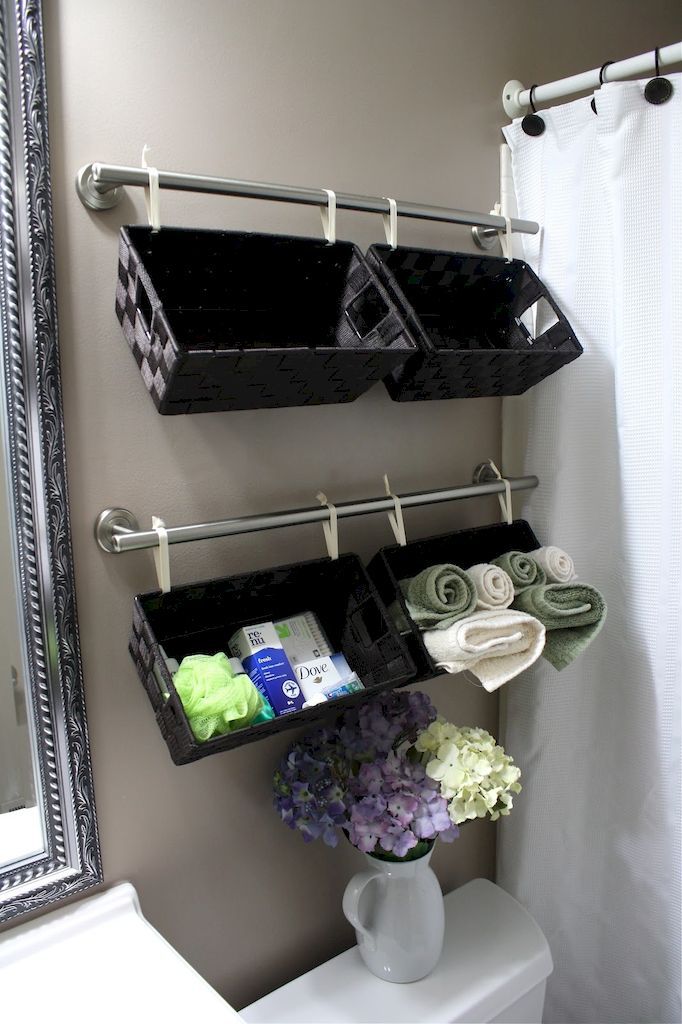
- All the way to the ceiling
Don’t fancy those wooden cabinets that traps moist, then go for open concept storage area. You can see in this example how wood on white makes a lovely contrast for that popular Scandinavian look. One important design rule to follow is that just because that there’s space, doesn’t mean you need to fill it up with stuff. Leave the front portion where it’s visible for you to get creative with decorative features.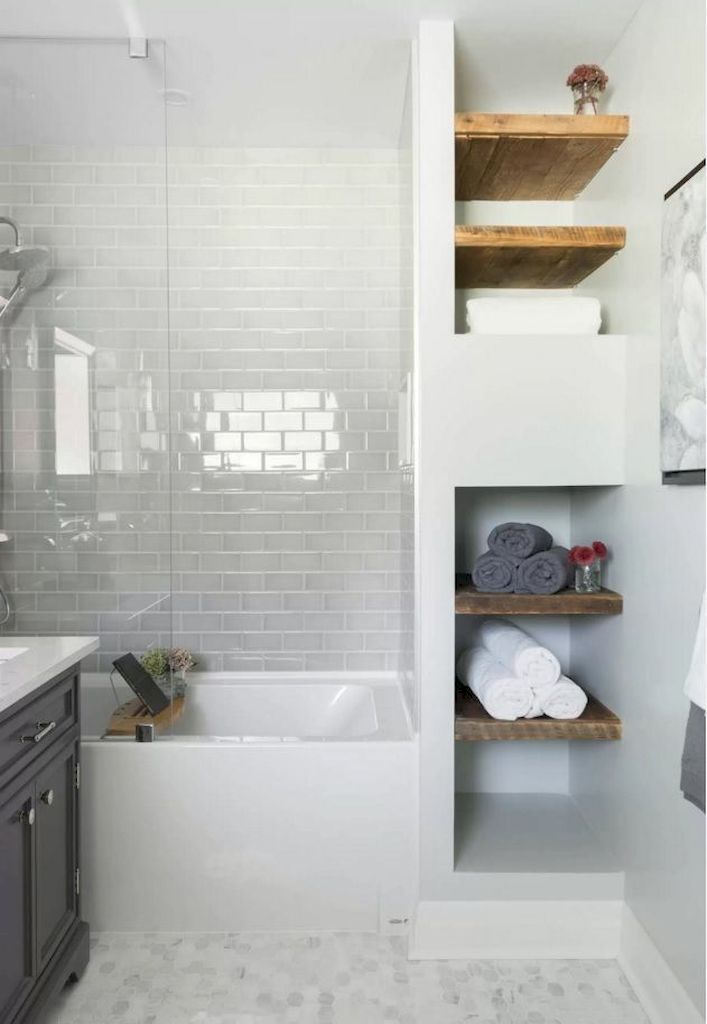
- Organise your stuff in boxes
Sound like common sense right? You’d be surprise how many houses we have visited that did not utilize their storage space effectively. Cheap plastic boxes can be purchased at those two dollar store, which really helps in making the most of your storage area.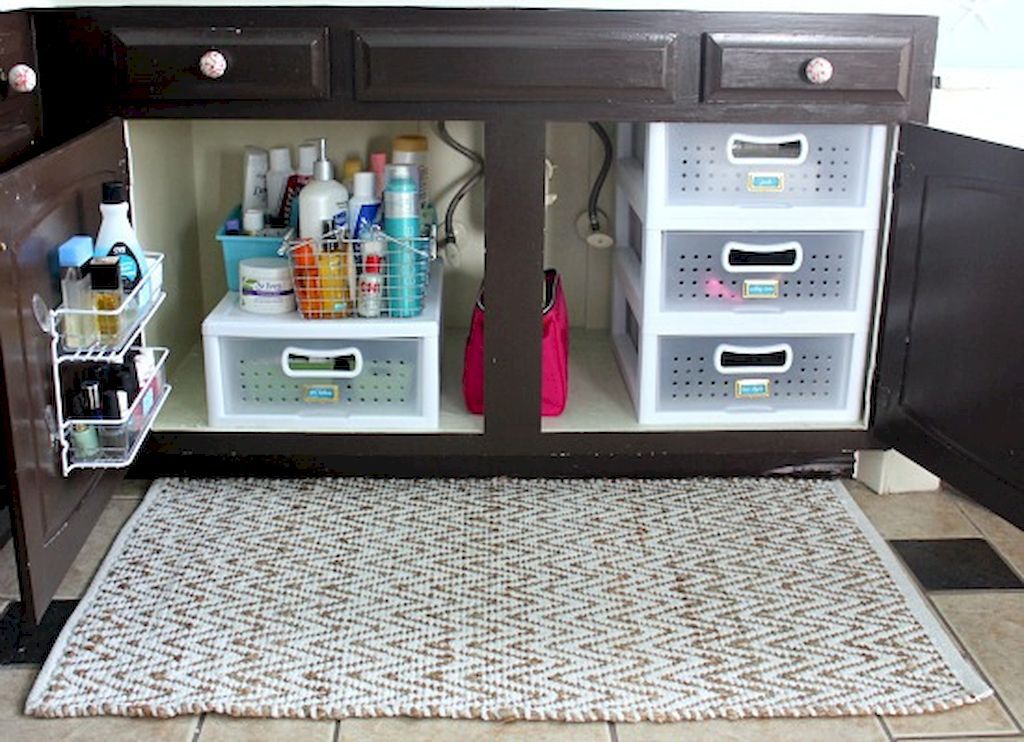
- Shelf ladders save space
If drilling isn’t a viable option, then this shelf ladder idea would be it for you. It takes up very little space but still does the job while giving your toilet a rather hipster make over. Book lovers who enjoy their toilet read would like this one.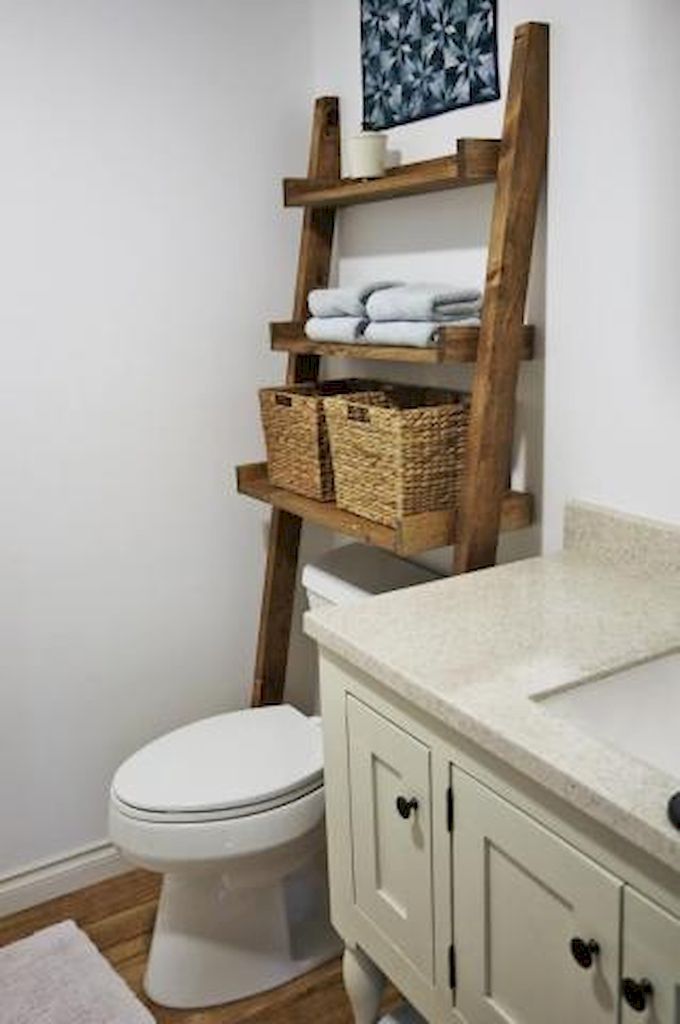
- Side Storage Bathroom cabinet
Worried about your bathroom cabinet smacking you in the face when you open it because there’s just not enough room to maneuver? Go for those that slide open by the side.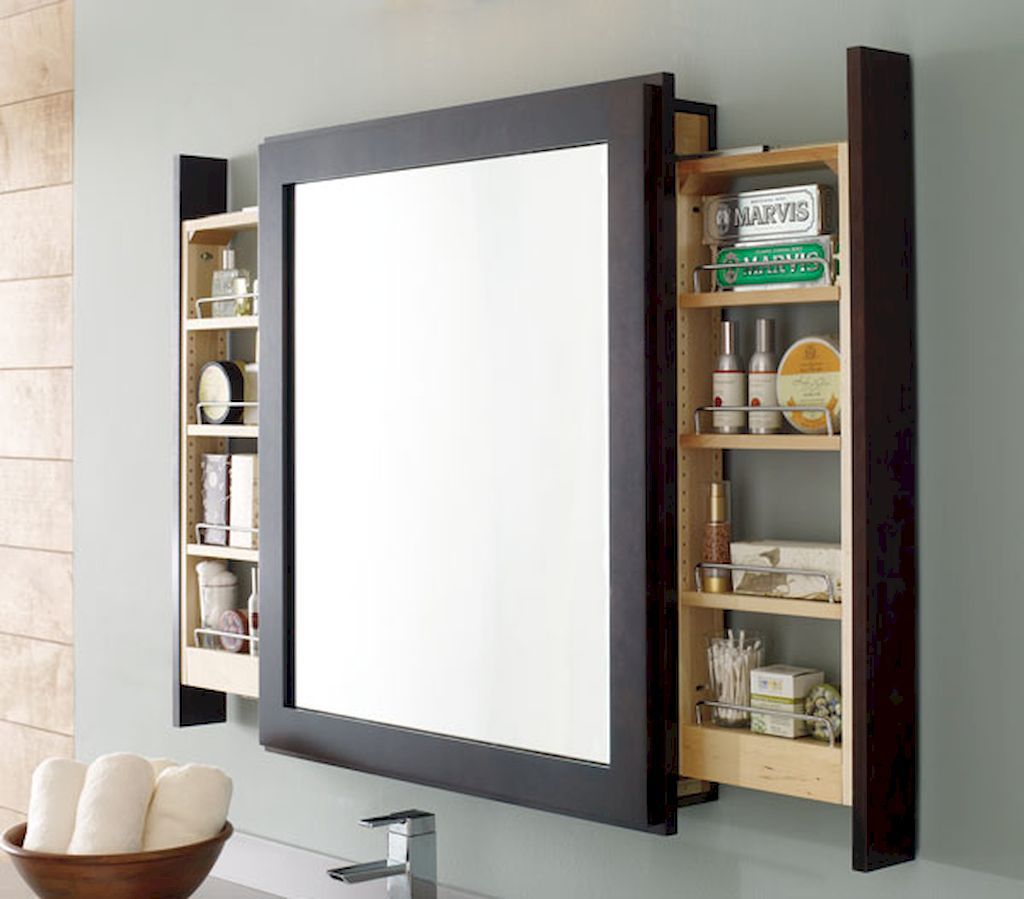
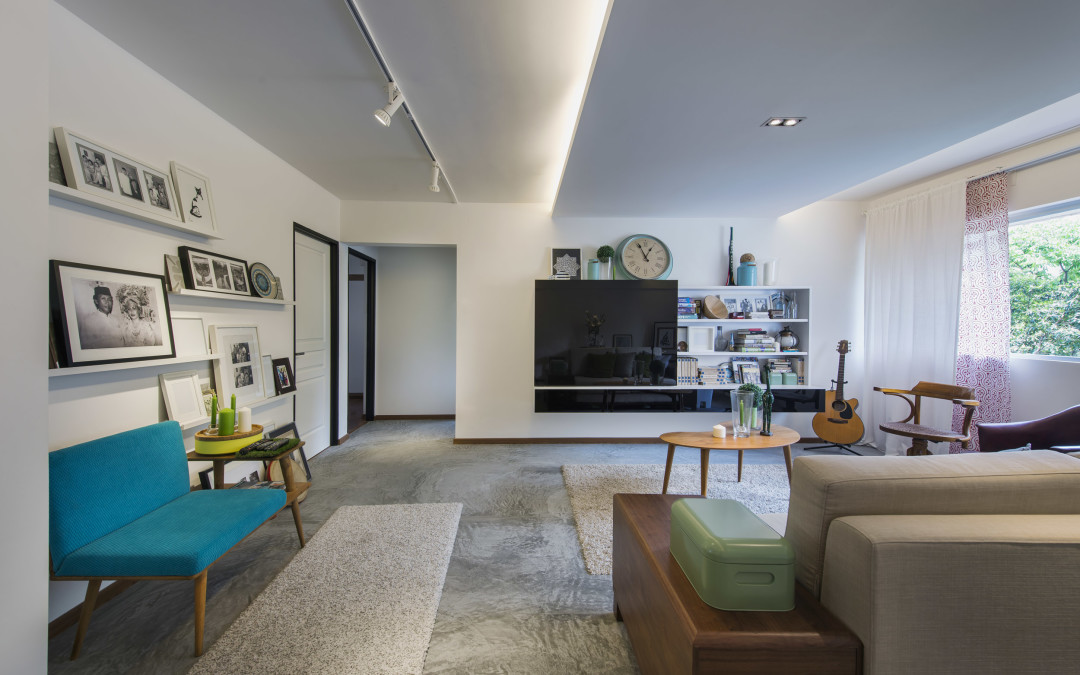
by Montie Mahtani | Jul 11, 2017 | Design Tips
The only boundary to design is acceptance. As designers, we are always trying to push boundaries looking for the next “IT” thing, but sometimes our customers may not be as progressive as we would like to be. That’s when we look towards old world charm in a new world setting. Asia is full of them. Singapore, Malacca, Penang, and Philippines, are just the few nearby places you can hop over the weekend for inspiration.
The juxtaposition of glassy skyscrapers amidst colonial stonewalled shop-houses is an art that is best understood through physical immersion instead of textbook. A good designer is one who has a firm grasp of the fundamentals of design but builds up the rest of his artistic senses through experience.
When I travel, I would sit at coffee shops and look at the landscape as a whole. It’s shape; it’s texture, the curves and nuances. Remember: Design is the sum of all parts.
Why is this important? That’s because most of our customers in Singapore straddle both eras and their houses must reflect that sense of familiarity to give them the comfort that is often hard to articulate in words. Like, how do we explain that
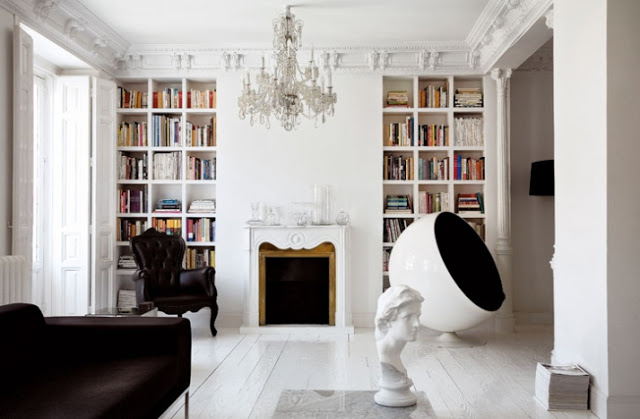 To get a sense of such design phenomenon, you first need to develop an understanding of how culture evolve over time, a keen sense of proportion and of space.
To get a sense of such design phenomenon, you first need to develop an understanding of how culture evolve over time, a keen sense of proportion and of space.
From an anthropological point of view cultural evolution is a narrative of key events that happened in the past that contributes in part to the present. This is why a space capsule chair can go well with a Victorian themed room.
The other principal behind combining multiple disparate design harmoniously in one home is to have an object in each room that connects with the other or by the use of colour.
Image Credit: Victorian Room
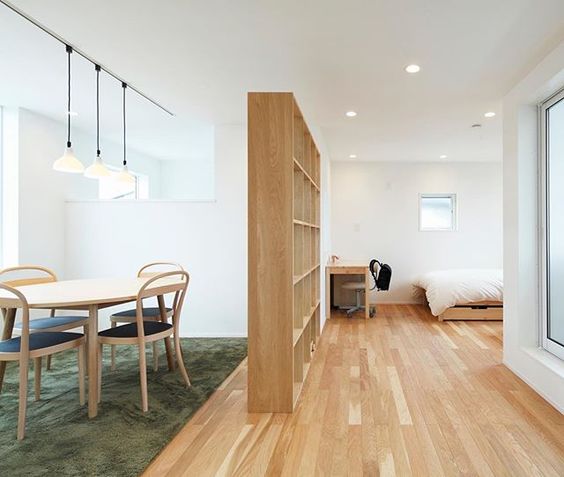
by Montie Mahtani | Jun 27, 2017 | Design Tips
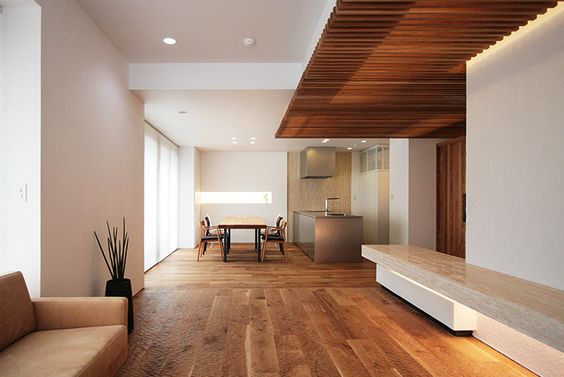 You are probably no stranger to IKEA and the populist Scandinavian home design concept. If you have never bought a piece of furniture from the Swedish giant in your life, I’m pretty sure you might have eaten at least a meatball. If you are a fan of the Scandi-look but want something a little less common, there’s a design concept I would like to talk about – MUJI.
You are probably no stranger to IKEA and the populist Scandinavian home design concept. If you have never bought a piece of furniture from the Swedish giant in your life, I’m pretty sure you might have eaten at least a meatball. If you are a fan of the Scandi-look but want something a little less common, there’s a design concept I would like to talk about – MUJI.
MUJI? You mean that Japanese retail shop that sells really cool stuff?
Yup, one and the same. What you might not know is the rich cultural and design background behind that brand and how they are responsible for the simple, minimalistic Jap-look since the 1980s. Mundane objects are imbued with a touch of Zen purity that are typical of traditional Japanese humility.
Both the Scandinavian and MUJI concept share common design element – simple, modest, and serene.
The MUJI style favours the neutral colour, wood, sleek lines and form, with minimal decorative accessories set against stark white walls. The emphasis is on functional design and restrained decoration.
Simple doesn’t necessary mean plain or boring. The vast emptiness of the MUJI design isn’t simply about subtracting things from the design. It is about improving the design’s overall effectiveness. MUJI concept strips away the “non-essentials” of a design, while returning to its pure state.
There are just two tips you can follow to achieve that MUJI inspired minimalistic look:
- Go For Timelessness – Stick to fundamentals and home pieces that does not embody the trend of its era.
- Minus the Ornaments – Think how sushi is served compared to French entree. There are no fancy garnish or drizzled sauce on oversized plate.
Speaking of French, I’d like to leave you with this quote from writer Antoine de Saint-exupery that best describes this theme – “Perfection is Achieved Not When There Is Nothing More to Add, But When There Is Nothing Left to Take Away”
Image Credit: Cover Image, Bench, Living Room
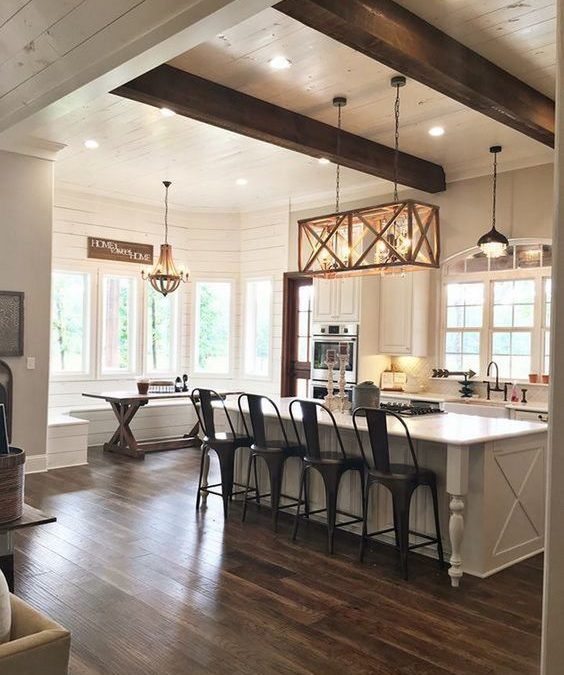
by Montie Mahtani | Jun 20, 2017 | Design Tips
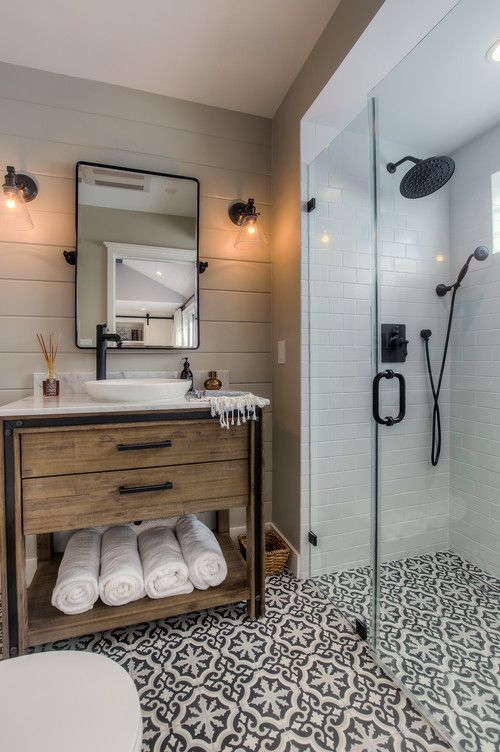 The Farmhouse design doesn’t necessarily mean the white picket fence country house you see in the movies, and certainly not a realistic imagery when you look at all the high rise flats in Singapore. The primary objective still remains true: To create a rustic, comfortable atmosphere that feels like a place that has been a home for three generations. Grandma will be proud of you.
The Farmhouse design doesn’t necessarily mean the white picket fence country house you see in the movies, and certainly not a realistic imagery when you look at all the high rise flats in Singapore. The primary objective still remains true: To create a rustic, comfortable atmosphere that feels like a place that has been a home for three generations. Grandma will be proud of you.
Farmhouse concept is a modern approach to cabin-in-the-woods inspired interior design. It’s generally characterized by distressed wood, checkered patterns and upholstered linen. The farmhouse concept, with its simplicity for details, organic texture, and neutral colours, has stood the test of time in an industry where trends are cyclical.
If you don’t mind the tackiness, you can install a fireplace replica framed by a mantel lined with vintage country style knick-knacks and photo frames, and if you don’t mind losing a bit of ceiling height, you may consider installing wooden beams. Open shelves and wood cabinetry without doors is a good way to display your antique Peranakan kitchenware and vintage Macdonald’s happy meal toys.
For Farmhouse purist, it goes without saying that the floor is almost always going to made of wood. However, if you want to add a touch of modern to it, it’s also acceptable to go for black and white checkered ceramic tile design instead.
Image credits: Cover Pic Farmhouse, Farmhouse Modern Toilet
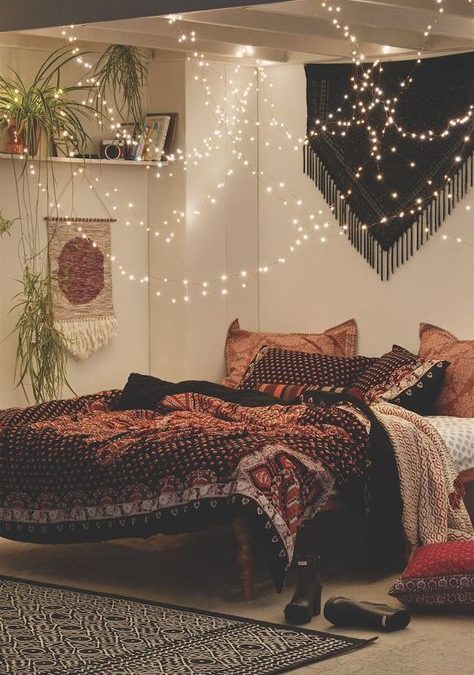
by Montie Mahtani | Jun 13, 2017 | Design Tips
Bohemian decor captures the carefree and adventurous spirit of the avant-garde lifestyle. It defies order.
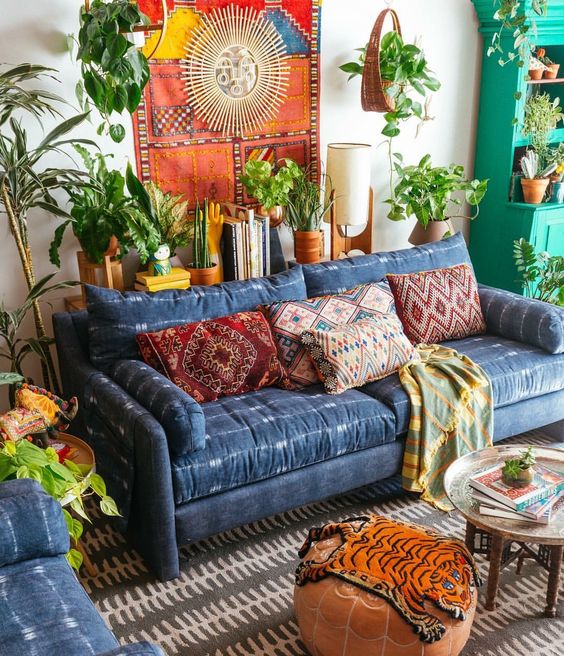 If you have been keeping up with the rest of my articles, you will notice that I usually advice you to go easy on the patterns, but not when it comes to Bohemian. The only thing that goes well with patterns is even more patterns! In fact, if you are a blue-blooded boho-chic kinda person, you’re going to have Moroccan pillows strewn around on Navajo rugs in a room lit by Turkish mosaic lamps. It doesn’t even matter what floor tiles you have because you haven’t seen your floor in years, but if you had to pick one it would mostly likely be pink and turquoise ceramic tile. Oh, and plants. Lots of plants. Hanging leafy greens are a staple for the bohemian earthly touch.
If you have been keeping up with the rest of my articles, you will notice that I usually advice you to go easy on the patterns, but not when it comes to Bohemian. The only thing that goes well with patterns is even more patterns! In fact, if you are a blue-blooded boho-chic kinda person, you’re going to have Moroccan pillows strewn around on Navajo rugs in a room lit by Turkish mosaic lamps. It doesn’t even matter what floor tiles you have because you haven’t seen your floor in years, but if you had to pick one it would mostly likely be pink and turquoise ceramic tile. Oh, and plants. Lots of plants. Hanging leafy greens are a staple for the bohemian earthly touch.
Forgo the bedframe. Go for the floor bed and generous layers of tie-dyed blanket. Rugs don’t just have to be on the floor. You can hang one off the wall as the headboard. If you think all these ain’t enough to bring out the free spirit in you, you can consider crochet curtains hanging from the door way. Don’t let furniture cramp your style. Opt for hanging hammock chair and beanbags instead.
When in doubt, go for eclectic mix of colours and bold accents. In all honesty, if you need a guide to tell you how to be Boho you probably shouldn’t consider this design. A true boho won’t be told what defines him or her. Be free! Be free my bohemian brothers and sisters!
Cover picture: Bohemian Bedroom, Living Room Picture








 To get a sense of such design phenomenon, you first need to develop an understanding of how culture evolve over time, a keen sense of proportion and of space.
To get a sense of such design phenomenon, you first need to develop an understanding of how culture evolve over time, a keen sense of proportion and of space.
 You are probably no stranger to IKEA and the populist Scandinavian home design concept. If you have never bought a piece of furniture from the Swedish giant in your life, I’m pretty sure you might have eaten at least a meatball. If you are a fan of the Scandi-look but want something a little less common, there’s a design concept I would like to talk about – MUJI.
You are probably no stranger to IKEA and the populist Scandinavian home design concept. If you have never bought a piece of furniture from the Swedish giant in your life, I’m pretty sure you might have eaten at least a meatball. If you are a fan of the Scandi-look but want something a little less common, there’s a design concept I would like to talk about – MUJI.

 The Farmhouse design doesn’t necessarily mean the white picket fence country house you see in the movies, and certainly not a realistic imagery when you look at all the high rise flats in Singapore. The primary objective still remains true: To create a rustic, comfortable atmosphere that feels like a place that has been a home for three generations. Grandma will be proud of you.
The Farmhouse design doesn’t necessarily mean the white picket fence country house you see in the movies, and certainly not a realistic imagery when you look at all the high rise flats in Singapore. The primary objective still remains true: To create a rustic, comfortable atmosphere that feels like a place that has been a home for three generations. Grandma will be proud of you.
 If you have been keeping up with the rest of my articles, you will notice that I usually advice you to go easy on the patterns, but not when it comes to Bohemian. The only thing that goes well with patterns is even more patterns! In fact, if you are a blue-blooded boho-chic kinda person, you’re going to have Moroccan pillows strewn around on Navajo rugs in a room lit by Turkish mosaic lamps. It doesn’t even matter what floor tiles you have because you haven’t seen your floor in years, but if you had to pick one it would mostly likely be pink and turquoise ceramic tile. Oh, and plants. Lots of plants. Hanging leafy greens are a staple for the bohemian earthly touch.
If you have been keeping up with the rest of my articles, you will notice that I usually advice you to go easy on the patterns, but not when it comes to Bohemian. The only thing that goes well with patterns is even more patterns! In fact, if you are a blue-blooded boho-chic kinda person, you’re going to have Moroccan pillows strewn around on Navajo rugs in a room lit by Turkish mosaic lamps. It doesn’t even matter what floor tiles you have because you haven’t seen your floor in years, but if you had to pick one it would mostly likely be pink and turquoise ceramic tile. Oh, and plants. Lots of plants. Hanging leafy greens are a staple for the bohemian earthly touch.


